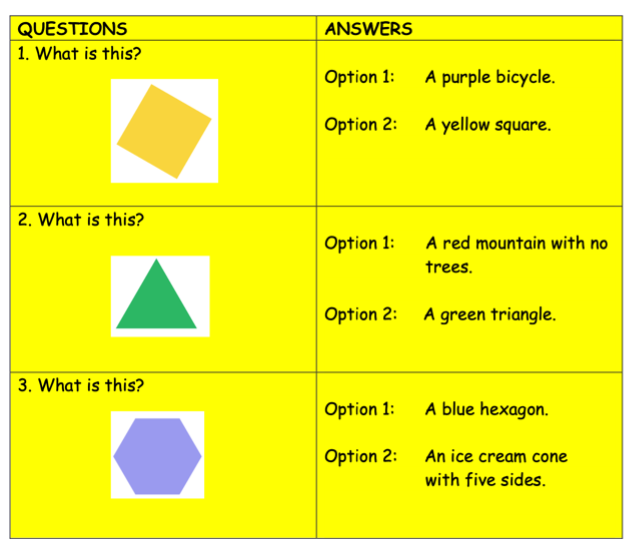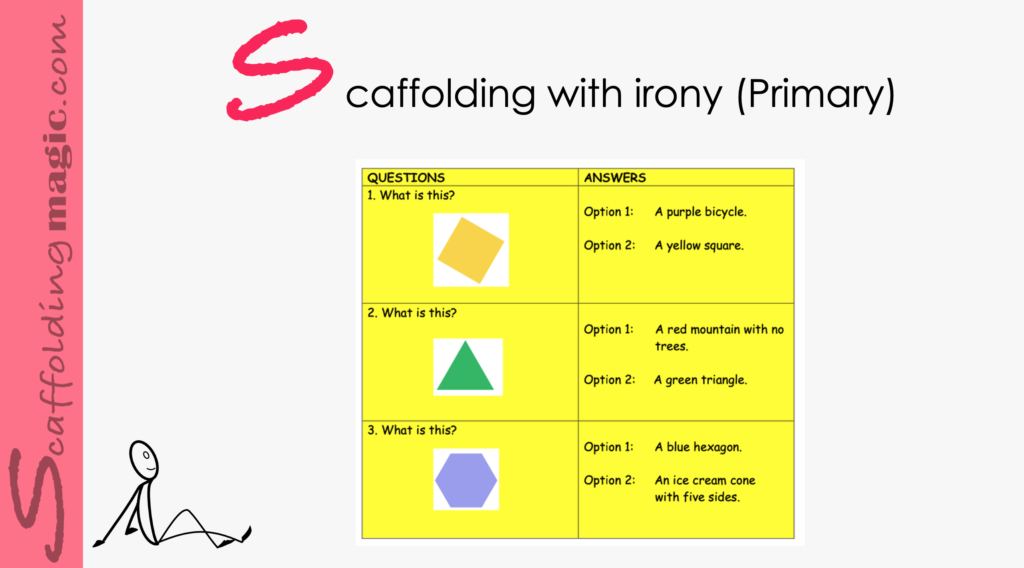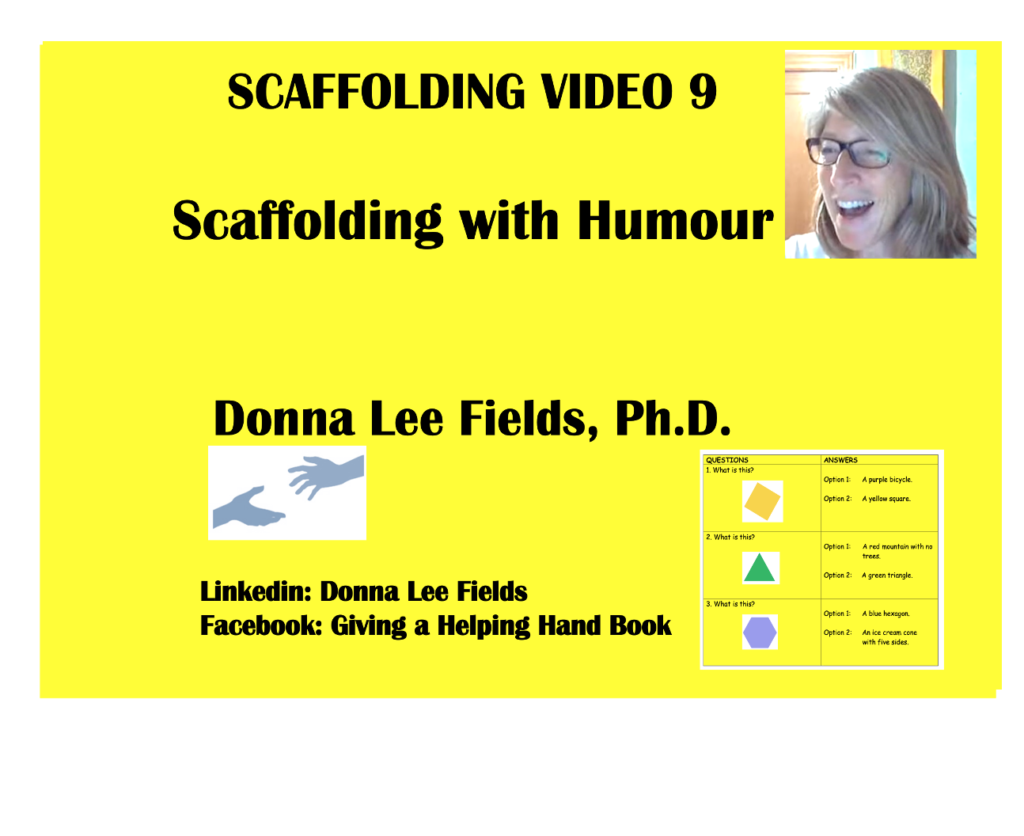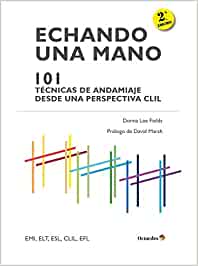You caught a beauty!!!
Download PDF of scaffold here.
theory behind the scaffold…
Adding humour to a lesson is always a recipe for success. Humour changes the dynamic of the class and helps students to see their lessons with a different frame of mind. This scaffold uses irony – the highest form of humour – to h……………………………………….
The use of humour is engrained in our cultural perspectives. Edward T. Hall, one of the pioneers of cultural studies for the purpose of preparing us for and appreciating ………………………………………….one encounters a wide spectrum of subtle degrees of humour that are commonly present.*
In cultivating global citizens, it is important that ………………………………………..so that they can react to it appropriately. It’s yet another way of appropriately and knowledgeably interacting with the people around us in this interconnected world.
………………………………..humour brings enthusiasm, positive feelings and optimism to the classroom. Irony generates cognitive activity and changes the vibration of the class. Using humour and irony in conscientious ways ………………………………………………………about the topic at hand and internalise new information more deeply.
In putting this activity together, you’ll have the opportunity to play with language in creative ways. You’ll p……………………………………………………………….but only those that are more justifiable than others.)
You can begin by explaining to your students that they’re going to take a short quiz. Very briefly, accept their groans of disapproval, knowing that they are going to start laughing very soon. As their amusement rises, so will their receptivity of new concepts and language that you surreptitiously present in the faux quiz.
*Hall, Edward T. (1973). The Silent Language. New York. Anchor Books
step by step…

- …………………………………………… offer multiple choice answers – one appropriate and the others written with irony to the point of being absurd. (You are pre-teaching information and helping them to become comfortable with academic language and concepts before they begin.)
- To make the activity cooperative, ………………………………………nd b) explaining why another one cannot be appropriate. (See example above using maths.)
- The activity continues until ……………………………………….in the manner outlined above.
- Finish by going over the quiz as a class, with each Speaker taking turns asking the questions and each group taking turns answering. As each group answers, you ask another group if they agree w………………………………………………
- Formative Assessment: Project images ………………………………………………………………..they can repeat the absurd options given in the faux quiz.
- Reflection: Answer the following reflection questions using the Question Continuum. (………………………………Both are essential to foster self-efficacy for our students.)
- Yes/No ……………………
- Which Which multiple choice options were the most absurd?
- When When did you realise that t…………………………………..
- Where Where can you find t……………………………..
- What What is a ………………………?
- How How do objects take form?
- Why Why is it important to identify different geometric shapes?
- What if What if you had the opportunity to create a new shape and name it? What would it be and what would you name it?
video explanation…
find more scaffolds here…



Scaffoldingmagic.com is your entryway into DYNAMIC bilingual learning methodologies, such as Phenomenon-Based Learning, CLIL, EMI, and ESL. You’ll find ways to implement critical thinking tools (DOK) to promote higher level thinking, the growth mindset, instill an ethic of excellence, deep reflection on learning, and all through multi-cultural, interdisciplinary activities. We have the keys to turning competences into action and to creating collective efficacy in your school so you move ahead as a unified, enthusiastic team.






